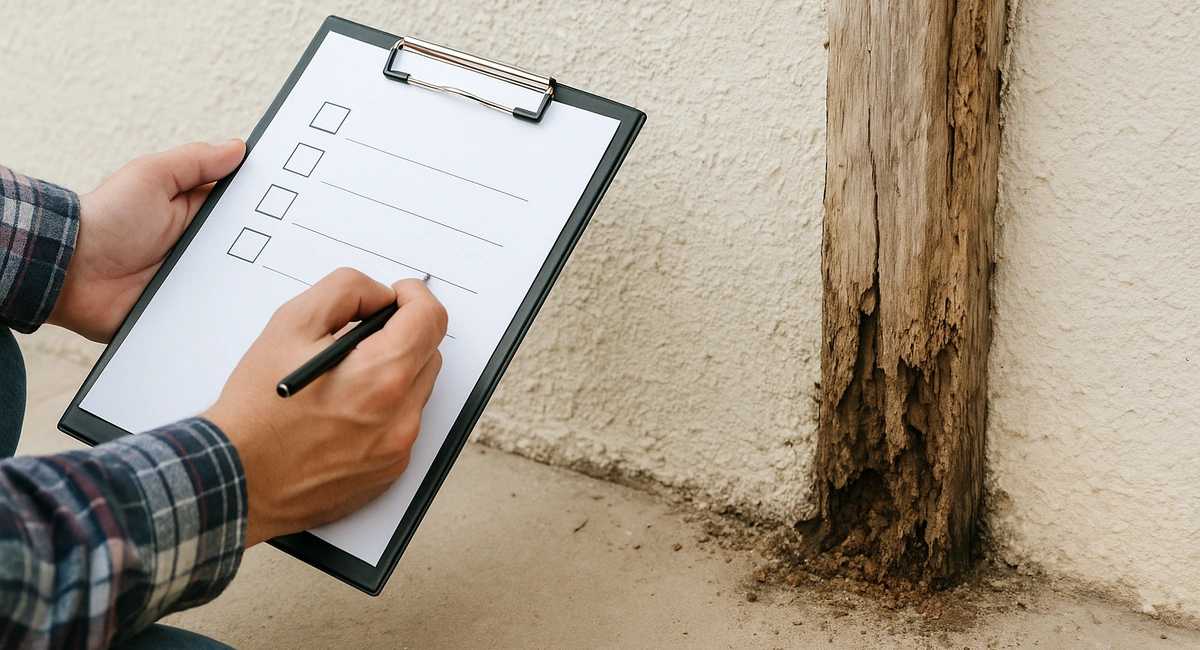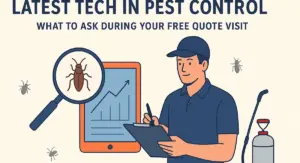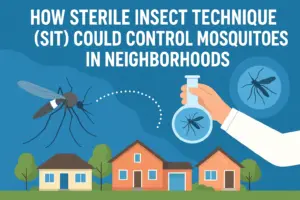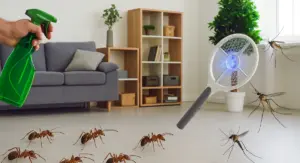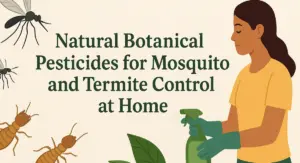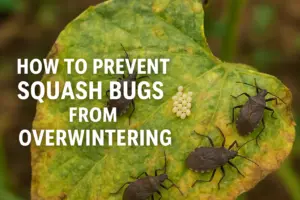When it comes to keeping your home safe, termites are the silent threat that can cause serious damage before you even notice. Whether you’re a new homeowner or you’ve been in the same house for decades, learning how to spot termites early is one of the smartest things you can do. Many people assume you need a professional to do a proper inspection, but a DIY termite check can help you stay ahead of the problem and protect your investment.
By understanding termite signs in the house and conducting regular walkthroughs, you can potentially avoid expensive structural repairs. If you’ve already seen early warning signs of pests around your home, such as small piles of wood dust or hollow-sounding walls, there’s a good chance other pests may be involved, too. You might find our guide on early signs of termite damage helpful to compare your findings.
Let’s walk through a complete, easy-to-follow checklist that will help you confidently inspect your home for termites without professional tools or training.
Why a DIY Termite Check Matters
Termites are not seasonal guests. They’re active year-round, especially in warm and humid areas. In many southern states, termite swarms are common in spring, but the damage they cause often continues silently throughout the year. A simple inspection twice a year can help you catch early activity and prevent costly repairs.
Also, termite infestations often coexist with other common pests. For instance, homes prone to termite issues are often affected by rodents, especially if there are shared rodent entry points like gaps near vents or the foundation.
What You’ll Need Before You Start
You don’t need any fancy tools, but a few items will make your inspection easier:
- Flashlight
- Screwdriver or similar tool for tapping wood
- Gloves
- Notepad or phone to record what you find
- A camera (optional)
Start With the Outside: The First Line of Defense
Many infestations begin outdoors before termites ever reach your walls. Walk around your home’s exterior and check for:
- Mud tubes along the foundation. These pencil-thin tunnels are how subterranean termites travel.
- Wood-to-ground contact such as fence posts or deck supports.
- Cracked or bubbling paint near the base of your home.
- Rotting wood in outdoor structures, especially sheds or woodpiles.
- Tree stumps or dead branches too close to your home. Termites love decaying wood.
Also look for signs of swarming. Discarded wings near doors or windows could mean termites recently tried to move in.
Inside the House: Focus on Hidden Trouble Spots
Now head indoors. Termites love dark, damp areas, so prioritize basements, crawl spaces, and attics. Bring a flashlight and tap wood in these places:
- Baseboards and trim: Lightly tap with your tool. If it sounds hollow or breaks easily, that’s a red flag.
- Flooring: Warped or sagging wood floors may indicate hidden termite tunnels.
- Walls and ceilings: Look for faint lines, bubbling paint, or pinholes.
- Closets and under sinks: Warm and moist spaces are termite favorites.
Don’t forget to check your attic and crawl space, especially around beams and joists. A strong flashlight will help you spot tunneling patterns or frass, which is termite droppings that look like sawdust.
In case you notice multiple pest signs, your problem might not be limited to just termites. Our article on Georgia and Florida’s most common home pests can give you a broader idea of what might be causing issues.
Lesser-Known Termite Signs in House
Most people know about mud tubes and wood damage, but termites leave other subtle signs too:
- Clicking sounds in the walls: Soldier termites bang their heads to signal danger.
- Doors or windows that suddenly stick: As termites eat through frames, they distort the structure.
- Termite swarmers indoors: If you see flying termites inside, it could mean a nest nearby.
These signs are easy to miss if you’re not specifically checking. Make this part of your regular home maintenance routine to stay ahead.
Add These Checks to Your Routine
If you’re making home pest inspections a habit, the following areas should always be on your radar:
- Underneath sinks and behind toilets
- Around water heaters
- In garages or storage sheds
- Around the HVAC system
Moisture is a magnet for termites. If any of these places are damp or have water damage, fix those issues immediately.
You can also follow a pest control calendar tailored to the Southeast to time your inspections better around peak termite activity.
If You Find Signs of Termites
Finding evidence doesn’t always mean you have an active infestation, but it’s worth getting a second opinion. Save photos, note where you found damage, and monitor the area for changes. If things worsen or new signs appear, it may be time to contact professionals.
Some homeowners try spot treatments, but termites are tough to eliminate completely without experience. While waiting, try to reduce moisture levels in your home and avoid leaving wood or cardboard near foundation walls.
If you’re dealing with other pests like ants or spiders during your check, our pest library can help.
Final Thoughts
A DIY termite inspection may seem simple, but it can save you thousands of dollars in repair bills if done regularly. Knowing how to spot termites early lets you respond before the damage gets worse.
If you’ve completed your inspection and feel unsure about what you found, you can always turn, to a residential termite control expert for advice or treatment options. And don’t stop at termites, understanding what pests are active in your area can help you protect your entire home.
FAQs About DIY Termite Inspections
What’s the best time of year to do a DIY termite check?
Spring and fall are ideal. Termites are most active when the weather is warm and moist.
Can I get rid of termites myself?
You can try bait stations or foam treatments, but for full infestations, professional help is often more effective.
How often should I inspect my home for termites?
Twice a year is a good rule. Add a check after heavy rains or during warm, humid months.
Are mud tubes always a sign of termites?
Usually, yes. If you see them, monitor closely. Break one open and look for small, white insects inside.
Do termites only eat wood?
Mostly wood, but they can chew through paper, drywall, and even soft plastics when building tunnels.

